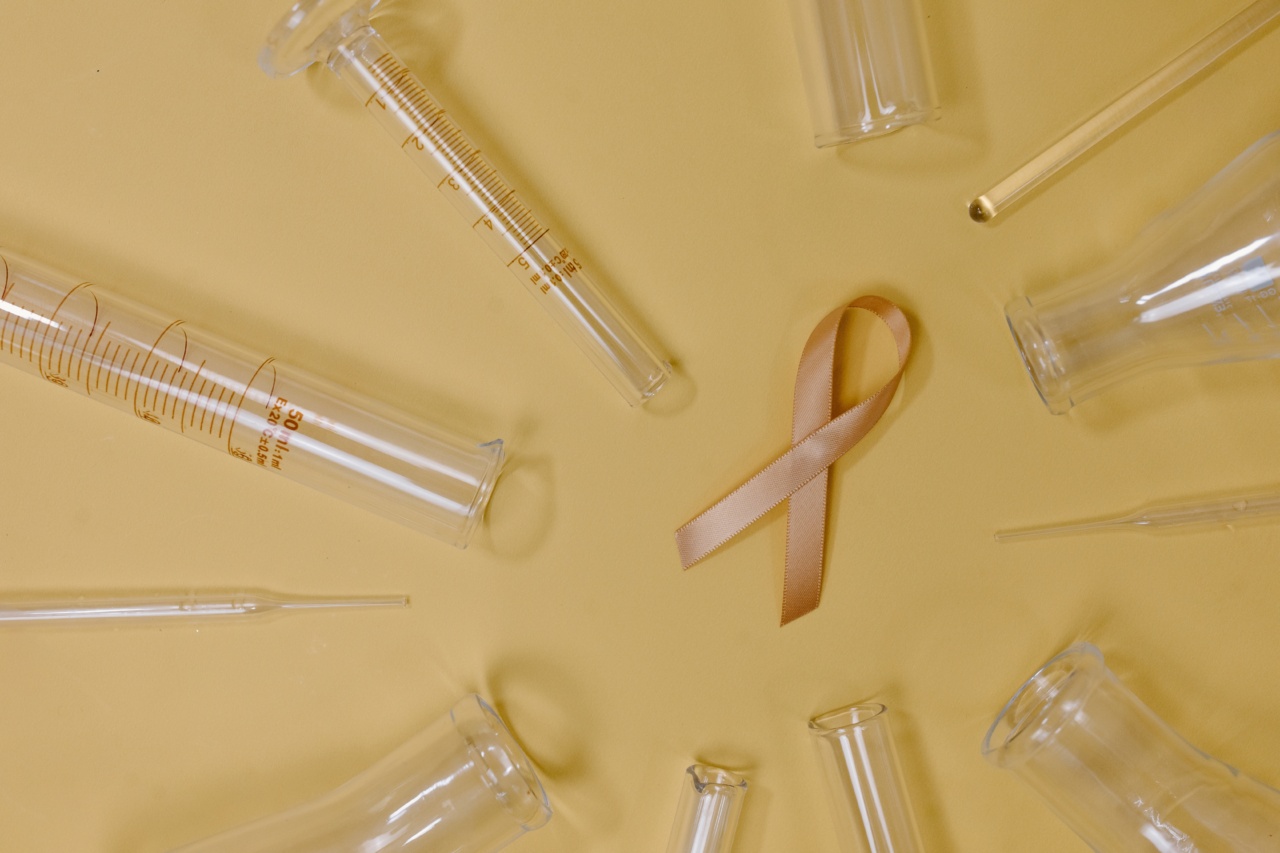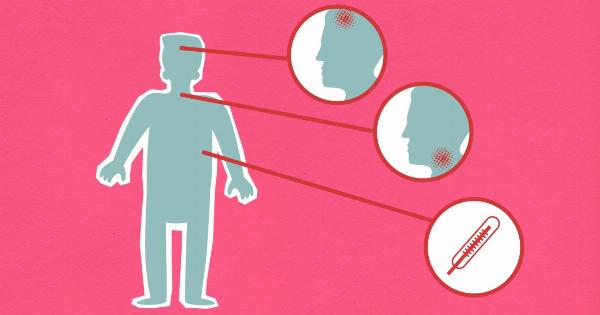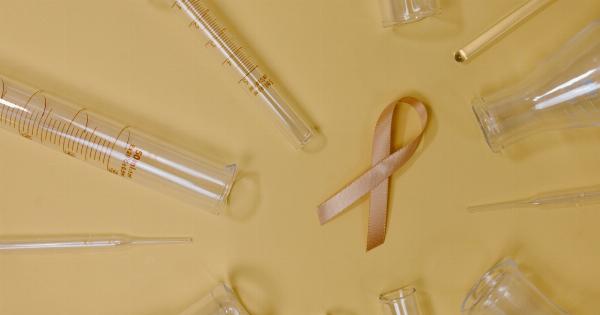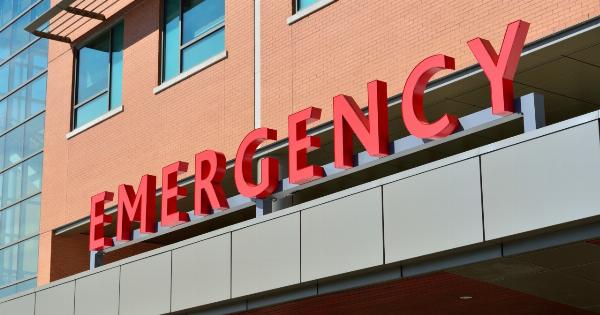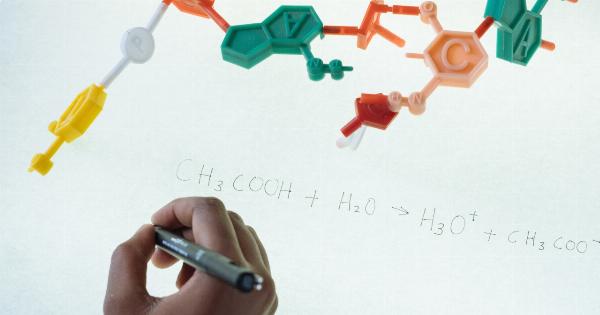According to the American Cancer Society, about 1 in 8 women in the United States will develop invasive breast cancer over the course of their lifetime.
This statistic alone is enough to send a shiver down one’s spine, but the good news is that innovations in medical technology are helping to increase early detection rates.
One such innovation is a new test that can detect breast cancer in just 20 minutes, as opposed to the days or weeks it typically takes to receive results from traditional screenings.
How It Works
The test was developed by researchers from the University of Kansas, and it works by analyzing a blood sample for specific biomarkers that indicate the presence of breast cancer.
These biomarkers are essentially substances that are produced by cancer cells and can be detected in the bloodstream.
By identifying these biomarkers, the test can accurately detect the presence of breast cancer in early stages, when it is most treatable.
According to the researchers, the test has a 97% accuracy rate, making it a highly reliable tool for cancer detection.
Benefits of Early Detection
Early detection of breast cancer is crucial for a number of reasons. For one, it can significantly increase a person’s chances of successful treatment and long-term survival.
In addition, early detection can reduce the need for aggressive treatments like chemotherapy and radiation, which can have serious, long-term side effects.
Moreover, early detection can also help to reduce healthcare costs by avoiding unnecessary treatments and hospitalizations.
In short, anything that can help to catch breast cancer early, when it is most treatable, is a major breakthrough in cancer care.
What This Means for Breast Cancer Screening
The development of this new test is a game-changer for breast cancer screening. Not only is it significantly faster than traditional tests, but it is also less invasive and less expensive.
Currently, the most common form of breast cancer screening is a mammogram, which involves taking X-ray images of the breast tissue. While mammograms are effective, they can be uncomfortable and may miss small tumors or cancerous cells.
The new blood test, on the other hand, is completely non-invasive and can be performed in a doctor’s office without the need for specialized equipment.
This means that it could be more accessible to a wider range of patients and could be used as a complementary tool alongside other diagnostic tests.
Future Developments
While the new test is already a major breakthrough, researchers are already looking at ways to improve upon it. For example, they are working to identify additional biomarkers that could help to increase the accuracy of the test even further.
Moreover, they are also exploring how the test could be used to detect other types of cancer, such as lung or ovarian cancer.
The potential for early detection with a simple, non-invasive test is immense, and it could become a standard part of routine cancer screenings in the future.
Conclusion
The development of a new test that can detect breast cancer in just 20 minutes represents a major breakthrough in cancer care.
With an accuracy rate of 97%, it is a highly reliable tool for early detection, which can significantly increase a person’s chances of successful treatment and long-term survival.
In addition, the test is non-invasive, less expensive, and less time-consuming than traditional screening methods, making it more accessible to a wider range of patients.
As researchers continue to improve upon the technology, it could become a standard part of routine cancer screenings, helping to catch cancer earlier and save more lives.
